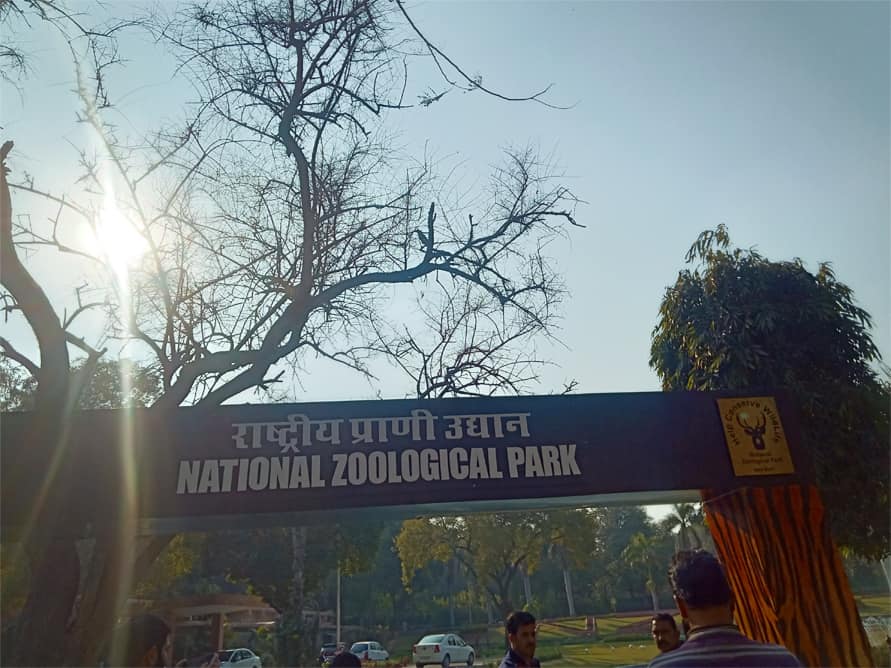After a tiger in New York City’s Bronx Zoo was found to be Corona positive, animals in captivity in India are being monitored and contingency plans prepared
On Sunday, shocking news came from the US: Four-year-old female Malayan tiger at the Bronx Zoo was found to be Corona positive. This is believed to be the first known case of an animal infected with Covid-19 in the US. New York City’s Bronx Zoo said that the test result was confirmed by the National Veterinary Services Laboratory in Iowa.
The Central Zoo Authority (CZA) and the National Tiger Conservation Authority (NTCA) immediately wrote to Wildlife Wardens on 5 April to keep all animals under the scanner and maintain vigil, watching out for abnormalities. The directive to Chief Wildlife Wardens reads: “Enhance disease surveillance, mapping and monitoring systems through co-ordinated efforts amongst various departments.”
The letter by SP Yadav, member secretary of the CZA, said mammals, especially cats, ferrets and primates, need to be carefully monitored and fortnightly samples of suspected cases should be sent to three designated institutes — National Institute of High Security Animal Disease in Bhopal, the National Research Centre on Equines in Haryana’s Hisar and the Indian Veterinary Research Institute in Bareilly, Uttar Pradesh.
The National Zoological Park, which has faced backlash for treating animals poorly on various occasions, is gearing up to deal with any contingency. Since the time of bird flu, there has been a protocol to handle animals using PPE. “We all have personal protection equipment and we are taking utmost care,” says range officer Sourabh Vashisth.
Due to paucity of evidence, it is believed that in the US that the transmission of virus occurred due to contact with an asymptomatic zoo employee who was feeding the tiger. At Delhi Zoo, during Patriot’s visit in January for another report, we asked various caretakers how animals are being fed. We noticed that Delhi Zoo employees do not wear PPE while feeding the animals. They do, however, take utmost care of cleanliness. Now since this new case was discovered, zoo authority has said that it is on alert and using PPE when going close to any animal.
Since this is a first case of human-to-animal transmission, the Delhi forest department is also on alert, keeping watch on the monkey population. A circular to all of Delhi’s Deputy Conservators of Forests (DCFs) says that all workers should be provided with bleaching powder to wash the floor. The fruits given to monkeys should also be sanitised by bleaching powder solution after which the feed can be washed with water.

As per informal estimates, the monkey population is over 40,000. It could be disastrous in case of SARS-CoV-2 transmission to them. Prof Mahendra Pal, head of Department of Microbiology, Immunology and Public Health, Addis Ababa University of Ethiopia told Patriot, “There have been no cases of human to animal transmission except one that in the US. But preventive measures must be employed.”
The source of SARS-CoV-2, the coronavirus (CoV) causing COVID-19 is still unknown. Evidence suggests that SARS-CoV-2 has a natural animal origin. Experts believe that SARS-CoV-2 virus most probably has originated from bats. Prof Pal also talked about what kind of preventive measure are required: “Certain measures are important to prevent spread of infection, like Corona positive person should not handle zoo animals, sick animals must be immediately isolated from other animals, provision of protective clothing to zoo workers, person who are touching animal must thoroughly wash their hands with soap and water, enclosure of animal must be properly disinfected/sanitised, visitors should be educated not to sneeze or cough in zoo, regular monitoring of zoo animals for any evidence of infection, etc.”
When medical professionals are raising the issue of lack of PPE, it is highly unlikely that all zoos would have PPE. We therefore tried contacting some other zoos but did not get any response. The condition of Indian zoos is well known. Therefore, any human to animal transmission can be a cause of worry.
Soumitra Dasgupta, Inspector General of Forests in the MoEF&CC’s wildlife division, told Down To Earth that measures being taken are purely preventive as it is still not known how the virus gets transmitted to the big cat. “We are sure that this infection can spread to animals and that’s why we have issued this advisory, so that we aren’t caught off guard. It’s a purely preventive measure and a direction to our field officials to be alert.”
Since the entire India is under lockdown, and cases of coronavirus are being monitored, it may not be that tough to monitor zoos as well. Especially since India is home to 70% of the tiger population and many other exotic animals. Thus, the news from the US is a big cause of worry for India.





